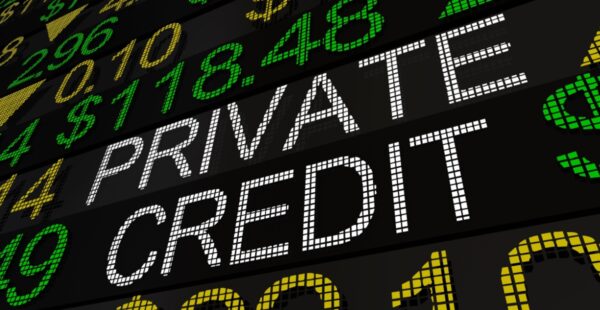US Fed flags possible end to easing cycle after October cut

The US Federal Reserve has signalled October’s rate reduction may be the last for the year and this easing cycle, as despite the decision fulfilling market expectations current economic conditions may not have warranted it, according to commentary from global investment manager, Franklin Templeton.
Franklin Templeton’s fixed income Chief Investment Officer, Sonal Desai, said while markets had revelled in two consecutive 25-basis-point cuts in September and October, Fed Chair Jerome Powell was quick to shift focus to the next monetary policy meeting and confirm that a December rate cut “is not a foregone conclusion, far from it”.
“The emphasis on December was for two connected reasons, in my view. First, to divert attention from the fact that the current economic conditions and outlook don’t really justify the October rate cut either. Second, to cool the enthusiasm of financial markets, which expected fed funds to fall to 3% by the middle of next year, an additional easing that the current data and outlook would not justify,” Desai said.
“Inflation has been stuck at around 3% for about two years now, since June 2023. To claim some success in disinflation, Powell had to reference a decline from 2022 levels. Risks, as he acknowledged, remain tilted to the upside.
“Economic growth is proving resilient: Gross domestic product (GDP) grew at about 1.6% in the first half of the year, and the Atlanta Fed sees it expanding at close to 4% in the third quarter. This is driven not just by the much-discussed artificial intelligence (AI) investment boom, but also by healthy household consumption, and it is helped by a narrowing trade deficit.
“In the labor market, hiring and vacancies have declined, but Powell himself characterized this as mostly driven by decelerating labor supply, with constrained immigration and a decline in the participation rate. Demand has slowed as well, but not much more than supply—the unemployment rate is only marginally higher than in mid-2024 and still consistent with the Fed’s full-employment estimates.”
Desai also noted that the US Fed has pulled the brakes on further rate cuts given both growth and inflation are expected to lift next year, fuelled by certain tailwinds.
“Some of the tax cuts in the “Big Beautiful Bill” will kick in, providing an estimated boost of about US$300 billion (about 1% of GDP) in 2026. This would include tax deductibility on tips and overtime, the higher state and local taxes deduction cap, the higher child tax credits and a broadened and permanent qualified business income deduction.
“And while I do not expect tariffs to give a meaningful sustained impulse to inflation, as I have argued in previous notes, they might create an additional temporary tailwind just as fiscal stimulus gains traction. That’s all the more reason for the Fed to refrain from a December cut: It would be quite awkward if inflation were to accelerate again right after a series of rate cuts.
“The most interesting part of the meeting, in my view, was the shift in balance sheet strategy. Starting December 1, the Fed will halt quantitative tightening and reinvest all principal payments from maturing holdings of agency securities into Treasury bills. This neatly mirrors the Treasury’s decision to rely on increased issuance of short-term T-bills to finance its sizable deficit. The Fed is not returning to quantitative easing, since the balance sheet size will be held constant. But it will lend a very helping hand to a still profligate government.
“I would boil all this down to two takeaways: First, the economic outlook at this stage does not warrant any additional monetary easing, as I have been arguing. This is especially true as we are likely to see at least an uptick in inflation as we cross into 2026.
“Second, fiscal dominance has emerged as the strongest factor for monetary policy. In the post-COVID-19 recovery, Fed monetization of burgeoning government deficits triggered a sharp inflation spike. This time around, the fiscal deficit is projected to remain broadly unchanged, and the Fed has pledged to freeze the size of its balance sheet; together, these two factors should avoid a repeat of 2022. But the Fed’s decision to accommodate persistently large fiscal deficits will do nothing to encourage fiscal prudence and might add to inflation risks down the line.
“We remain neutral on duration (a measure of interest-rate risk), because we see scope for rates to move further up. Given the resilience of the economy, a gradual grind higher in bond yields should in our view be consistent with continued good performance on risky assets. Loans, in particular, would benefit from a scaling back of Fed rate-cut expectations. We also see the outcome of this Fed meeting as consistent with the dollar remaining range-bound in the near term.”











ASIC should cancel Interprac's AFSL already, like the other 4. Or is it too big to fail?
Should be fine though cause Crole said they did nothing wrong
Where’s the Govt MIS review started 2023 by Hot Mess Jones ? Hot Mess Jones buried it real deep. And…
You'd probably never work with me because you're probably unemployable in the private sector.
Ladder board of top leaches.